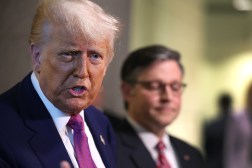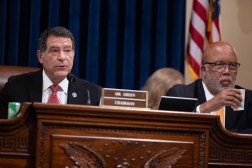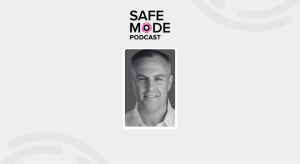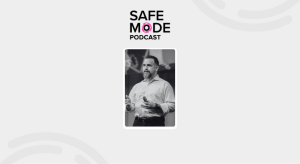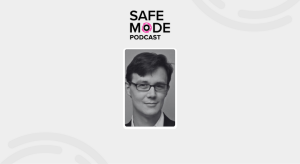DOD official: We need to drop the cybersecurity talent hiring window to 25 days
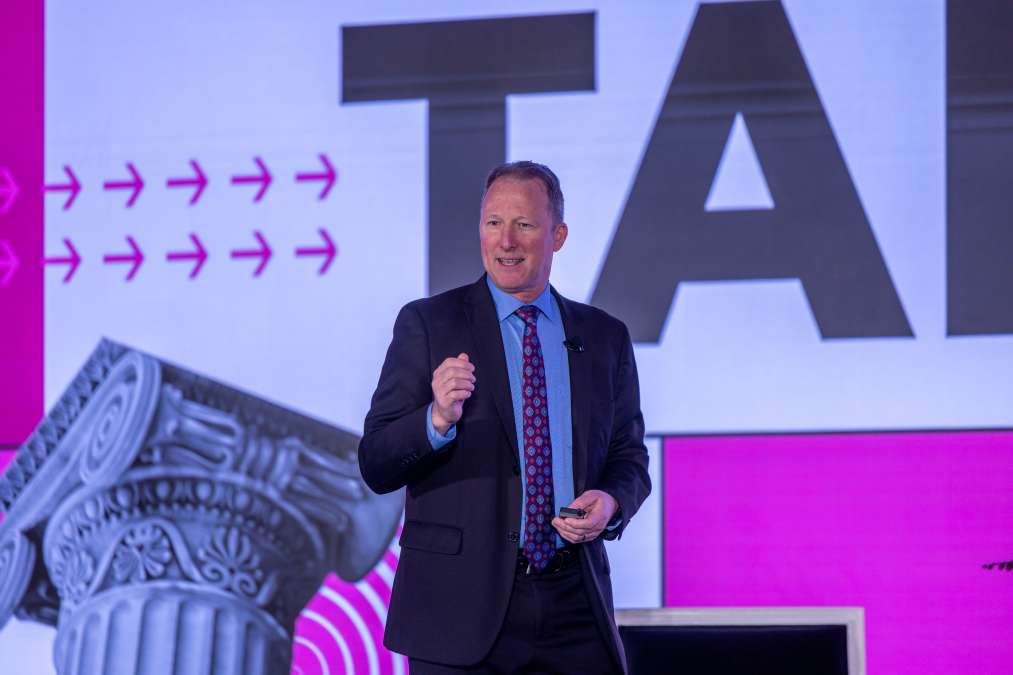
The Department of Defense is seeking to address persistent shortages in its cyber workforce by reducing the time to fill vacant cybersecurity jobs to 25 days. The target, outlined by a senior official during a recent discussion, comes as the department faces a shortfall of nearly 20,000 cyber professionals within its ranks, a figure that reflects broader national trends.
Mark Gorak, who manages the DOD’s cyber workforce, described the scale of the challenge Thursday at FedTalks, produced by Scoop News Group. He noted that the department’s cyber component alone consists of approximately 245,000 personnel, while the wider Department of Defense encompasses about 4 million. The vacancy rate, which recently dropped below 10%, remains a significant concern, as the nation as a whole is estimated to be short by 500,000 to 700,000 cyber experts.
Efforts to accelerate hiring have already yielded some results. The department currently averages 70 days to hire, a figure that compares favorably to the federal government’s 80-day benchmark but lags behind the private sector, where technical hiring can take as little as 46 days. The new 25-day target, if achieved, would represent a substantial shift in federal hiring practices.
Central to the department’s strategy is a move toward skills-based hiring. Gorak emphasized a departure from traditional requirements such as advanced degrees, certifications, or lengthy experience. Instead, candidates will be evaluated on their ability to perform job-specific tasks, often through the use of cyber ranges — simulated environments designed to assess technical proficiency. The department is developing 30-minute assessment ranges to quickly determine whether applicants can meet the demands of the role.
“My number one goal is skills-based hiring in the department,” Gorak said. “I don’t care what your occupational series is. I don’t care what your [Military Occupational Specialty] is. I care about what you do and if you’re qualified to do it.”
The shift comes amid rapid technological change, particularly in artificial intelligence. The official noted that the department is updating its work roles and the associated knowledge, skills, abilities, and tasks (KSATs) every 90 days to keep pace with evolving cyber threats and tools. The use of AI is being encouraged within the workforce, with Gorak acknowledging that many federal employees have yet to adopt such technologies in their daily work.
“Right now, AI is exponentially increasing,” he said. “Every month, right now, we’re changing our AI capabilities. We have to keep up.”
The department’s approach also involves collaboration with industry, academia, and other government partners. Gorak, who now leads the newly established Cyber Academic Engagement Office, underscored the need for a broad coalition to address the workforce gap.
“Congress gave me a task. I appointed a director. I don’t have funding, I don’t have resources, I don’t have people,” he said. “I firmly believe we need industry, academia, civilians and military to solve our challenges.”

